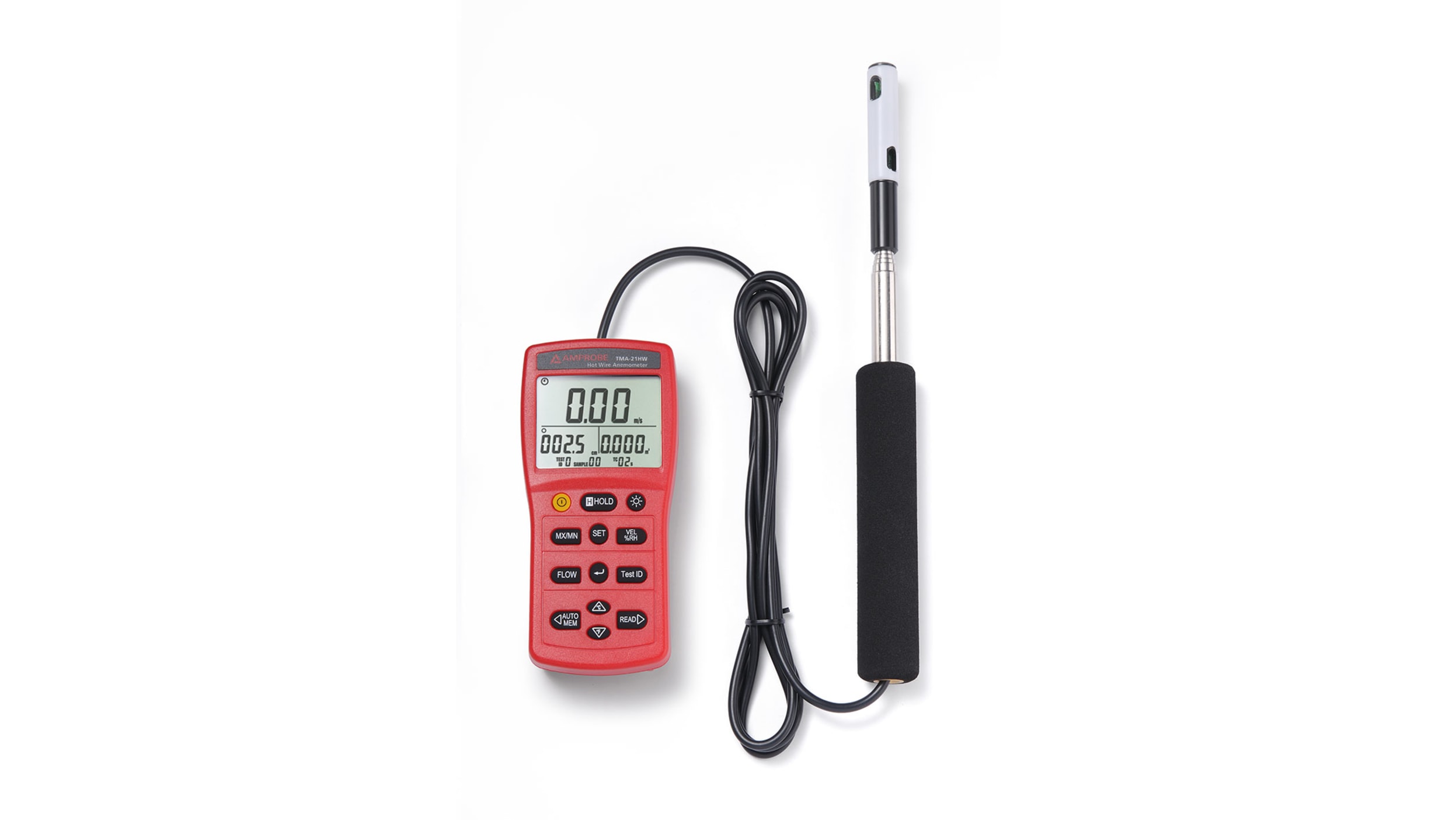Anemometer Innovations: The Most Up To Date Modern Technology for Wind Speed Dimension
Anemometer Innovations: The Most Up To Date Modern Technology for Wind Speed Dimension
Blog Article
Anemometers Unveiled: Comprehending Their Relevance in Environmental Surveillance and Precaution
The function of anemometers in environmental monitoring and safety measures is usually ignored, yet their importance is indisputable. From weather forecasting to air travel safety, anemometers play a critical role in supplying exact information that notifies decision-making procedures and boosts general safety and security.
History of Anemometers
The evolution of anemometers can be traced back to the old worlds where fundamental wind determining gadgets were first utilized. These early wind dimension devices laid the structure for the development of much more sophisticated anemometers gradually. Among the earliest recognized anemometers was the hemispherical mug anemometer created by Leon Battista Alberti in the 15th century. This design included four hemispherical cups that accumulated wind power, offering a measurement of its intensity based upon the speed of turning.
In the 18th century, the popular scientist John Thomas Romney Robinson introduced the Robinson anemometer, which featured 4 hemispherical mugs mounted on straight arms that prolonged from a main axis. This layout became a criterion in meteorological dimensions because of its precision and integrity. Over the years, developments in technology led to the development of even more contemporary anemometers, including ultrasonic anemometers and laser Doppler anemometers, offering boosted precision and effectiveness in determining wind rate and direction. The background of anemometers showcases a remarkable trip of advancement and development in the area of meteorology.
Kinds Of Anemometers
Throughout the field of weather forecasting, different sorts of anemometers have been created to accurately gauge wind rate and direction. One of the most usual type is the mug anemometer, which is composed of 3 or 4 cups mounted on horizontal arms that rotate with the wind. As the cups rotate, the rate at which they turn is directly symmetrical to the wind rate. One more widely used type is the vane anemometer, which includes a tail or fin that aligns itself with the wind instructions. This placement allows the device to determine the wind direction. Sonic anemometers use ultrasonic signals to gauge wind rate and direction properly. They are frequently made use of in research study applications due to their high accuracy. Hot-wire anemometers operate based upon the principle that the cooling result of wind on a heated wire is proportional to the wind rate. These anemometers are appropriate for measuring low wind rates with high precision. Each sort of anemometer has its staminas and is picked based on the details demands of the monitoring task handy.
Applications in Meteorology
Having actually discussed the numerous kinds of anemometers used in meteorology for measuring wind speed and instructions, it is crucial to explore their useful applications in the field. Anemometers play a crucial role in weather forecasting by providing real-time and accurate information on wind conditions (anemometer). Meteorologists utilize More Bonuses anemometers to keep an eye on wind speed and instructions to anticipate weather patterns, problem cautions for severe climate occasions like typhoons, tornadoes, and storms, and evaluate climatic problems for air travel safety and security
In weather forecasting, anemometers assist in comprehending local and regional wind patterns, which are crucial for predicting climate modifications and establishing climatic fads. These tools are additionally made use of in study to research microclimates, city warmth islands, and air contamination dispersion. Furthermore, anemometers are used in agriculture to enhance plant administration methods, such as watering and pesticide application, based upon wind conditions.
Value in Air Travel Security
An essential aspect of making certain air travel safety hinges on the meticulous surveillance of wind problems utilizing anemometers. Anemometers play a critical function in aeronautics by providing real-time data on wind rate and direction, assisting pilots in making educated choices during take-off, trip, and landing. Solid and unforeseeable winds can considerably impact airplane procedures, making it crucial for air travel authorities to count on exact wind measurements to ensure the security of passengers and staff.

In the vibrant atmosphere of aviation, where even minor modifications in wind rate and instructions can have extensive effects, anemometers stand as essential tools for promoting secure and secure air travel.
Role in Environmental Study
Anemometers play a crucial function in ecological research by offering essential information on wind rate and direction. By precisely gauging wind qualities, anemometers aid scientists evaluate the motion of toxins in the air, evaluate the influence of industrial emissions, and predict the spread of contaminants in the atmosphere.


Final Thought
In conclusion, anemometers have played an important function in environmental monitoring and security procedures. With an abundant history and numerous kinds available, these gadgets have actually been extensively made use of in meteorology, aviation security, and ecological research. Understanding the value of anemometers is essential for properly measuring wind rate and instructions, which is crucial for forecasting weather patterns, ensuring risk-free aeronautics operations, and conducting environmental studies - anemometer. Their payments to these fields can not be ignored.
One of the earliest recognized anemometers was the hemispherical mug anemometer developed by Leon Battista Alberti in the 15th century. Over the years, improvements in technology led to the growth of more contemporary anemometers, consisting of ultrasonic anemometers and laser Doppler anemometers, using increased accuracy and performance in gauging wind speed and direction. Hot-wire anemometers operate based on the Visit This Link concept that the cooling effect of wind on a heated cord is proportional to the wind rate. Meteorologists use anemometers to check wind rate and instructions to anticipate weather patterns, problem warnings for serious weather condition occasions like hurricanes, twisters, and tornados, and analyze atmospheric conditions for air travel security.
Recognizing the value of anemometers is important for properly measuring wind rate and direction, which is essential for predicting climate patterns, making certain safe air travel procedures, and performing environmental research studies. (anemometer)
Report this page